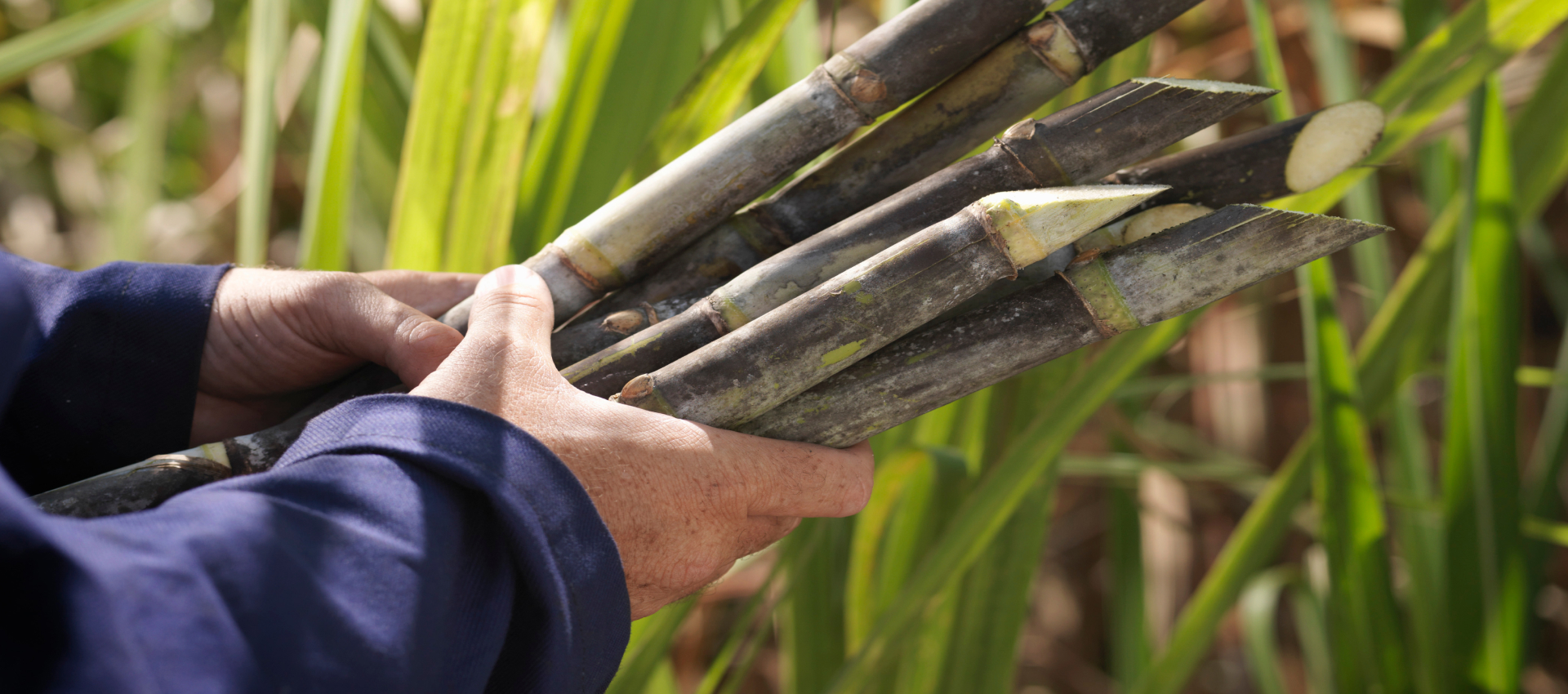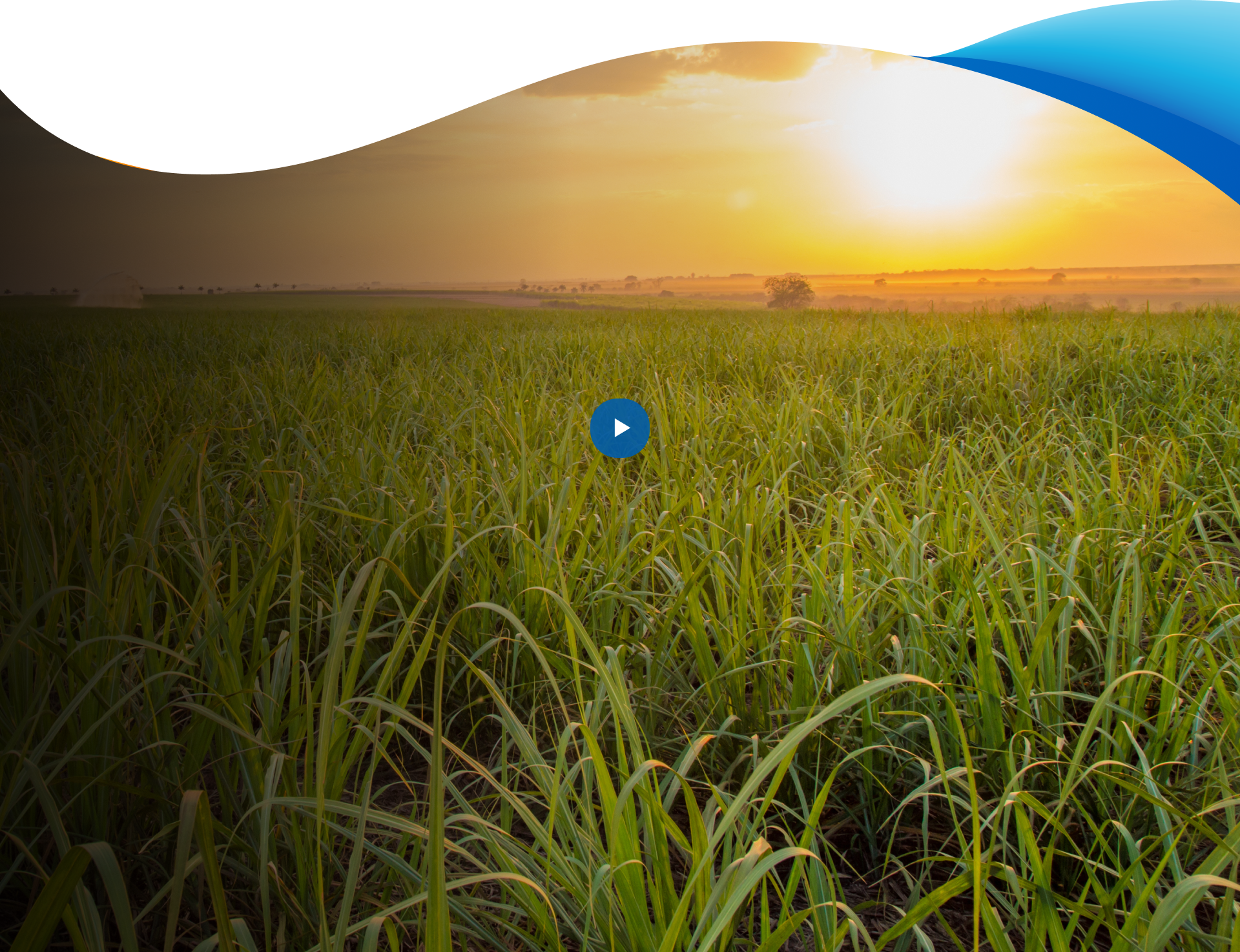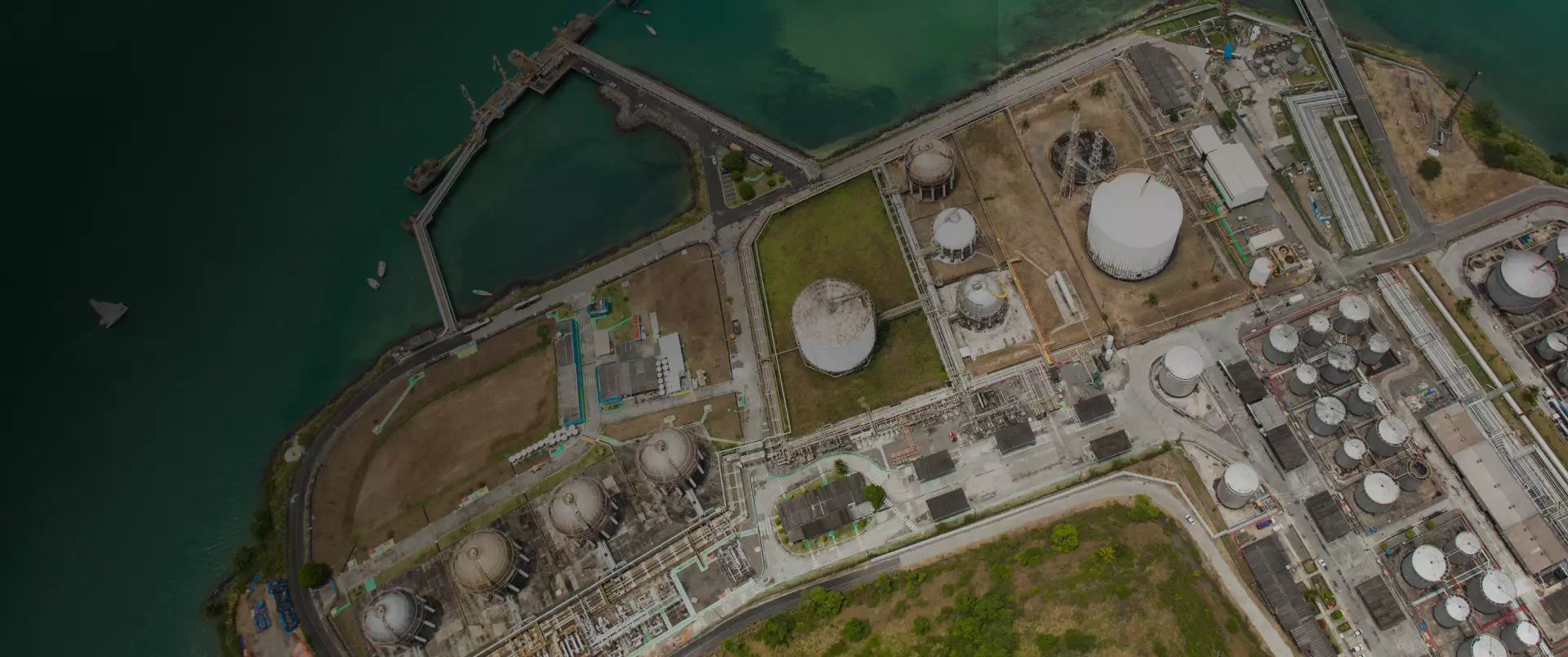Braskem is the leading global producer of bio-based plastics. Our bio-based plastic is
plastic made from sustainably sourced, sugarcane-based bio-ethanol which removes CO2
from the atmosphere and stores it in products for daily use.
Sugarcane: a renewable source of sugar, plastic and energy
What is bio-based plastic?
Bio-based plastics are made from plants, such as sugarcane and corn. At Braskem, we produce bio-based plastics from sugarcane in Brazil. At the plantations, sugarcane is harvested and processed by a mill where the sugarcane is crushed up to five times. In modern mills, the first press is mostly used to produce sugar. Subsequent presses extract residual sugars in order to create ethanol. This ethanol eventually becomes the raw material from which bio-based plastic is made.
The production of ethanol is not at the expense of the production of sugar, rather, it means that more of the plant is being used.
In fact, a purpose is attributed to every byproduct! After the sugar is completely removed from the sugarcane, the left over fibers are fed to a power plant that generates heat to boil the sugar juice. Moreover, it generates electricity to power the mill. The excess power often helps powering the national grid, reducing our dependency on fossil fuels. Finally, all other residues are circled back to the plantation as a source of water and nutrients, reducing the need for inorganic fertilizers that can have a high carbon footprint. What is key however, is that sugarcane is a renewable and unlike fossil raw materials, it grows back every season!
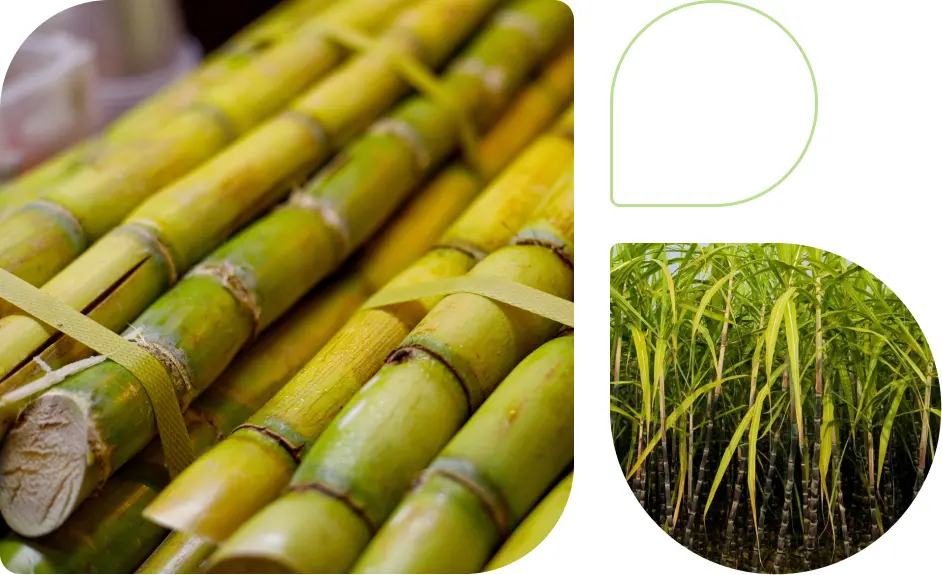
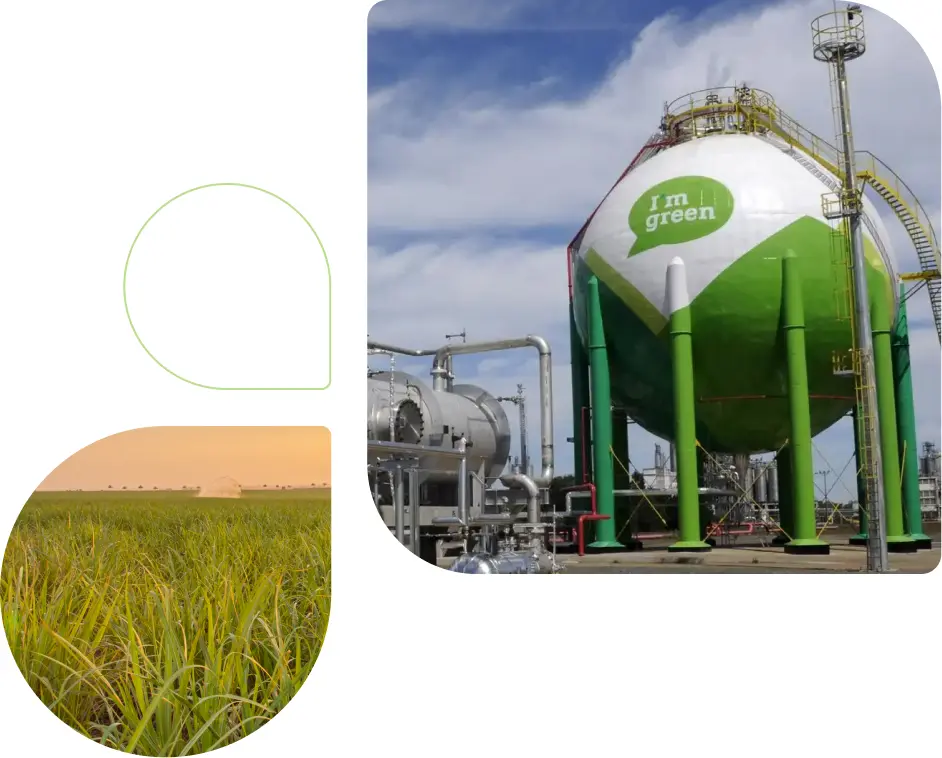
Plastic that stores
more CO2 than it emits
By producing ethanol from sugarcane, we do not only reduce our dependency on fossil resources, we also capture CO2. Through photosynthesis, sugarcane takes CO2 from the air and a portion of this CO2 is locked into bio-ethanol, the basis of our bio-based plastic.
How does that work?
At Braskem, the bio-ethanol is dehydrated and broken down into ethylene and water. The ethylene is then polymerized into plastic resins within our plants. Up to now, we have been producing different types of polyethylene and EVA. Bio-based polyethylene is used in many applications, such as packaging and toys. Bio-based EVA for example is widely used in foams such as shoe soles. As these products store CO2 from the sugarcane, Braskem's bio-based plastic has a negative carbon footprint, storing more CO2 than it emits.
Check the life-cycle-assessment for this productBioplastics, biodegradable plastics and recycling
The term bio-based plastics and bioplastics are often used interchangeably, which is incorrect. Bioplastic is an umbrella term that refers to all plastics that are either bio-based, biodegradable or both. While bio-based says something about the origin of the product, biodegradable refers to its end-of-life.
Biodegradation mainly offers advantages for applications where recycling isn't possible or economically viable. Biobased plastics from Braskem are 'drop-in', which means that their molecular composition is exactly the same as that of regular plastic. This means they can be converted into a new product again in the regular recycling flow and in the circular value chain.
How are bio-based plastics made?
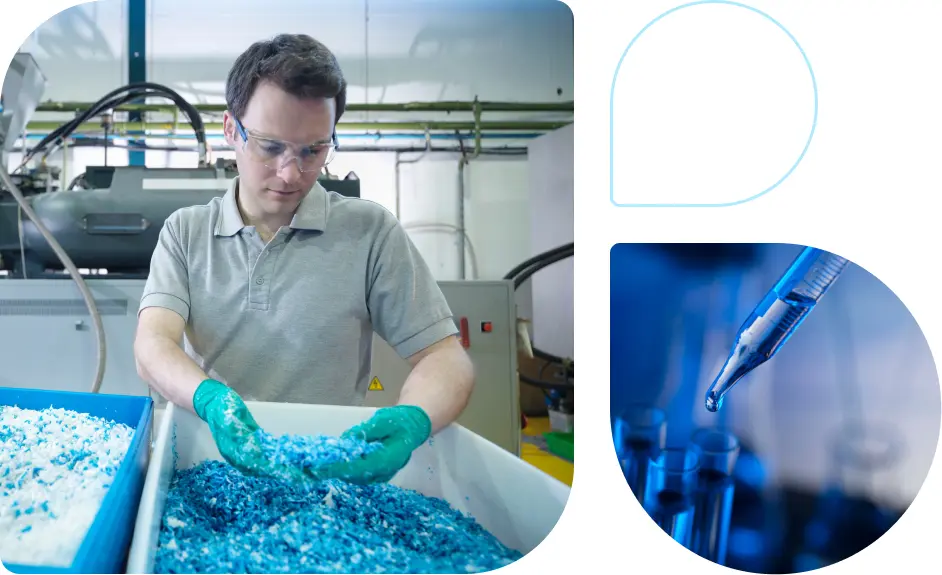
Examples of Braskem’s bio-based plastic
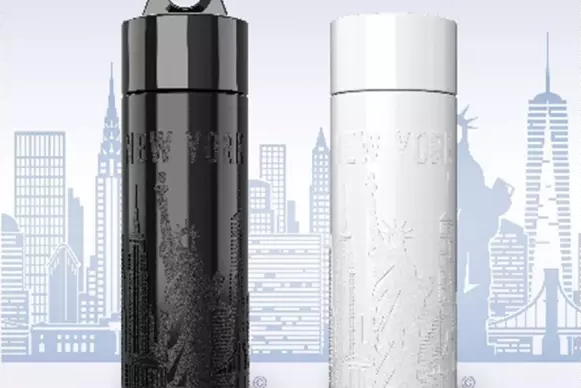
Braskem has partnered up with Join the Pipe to distribute sustainable and reusable water bottles made with I’m Green polyethylene in Europe, Africa and the U.S. The income generated from the product will be intended for over 300 social projects in developing countries, most of them in Africa and Asia.

Bottle Up and Braskem partnered up to deliver reusable water bottles made from I’m Green polyethylene. This way, Bottle Up not only transitions the product bottles from being single-use to multi-use, but they also significantly reduce the carbon footprint of the product. Bottle Up bottles are sold at popular locations like Albert Heijn, Jumbo, WHSmith, Stach, HEMA, Holland&Barret, BP, Coop and more.
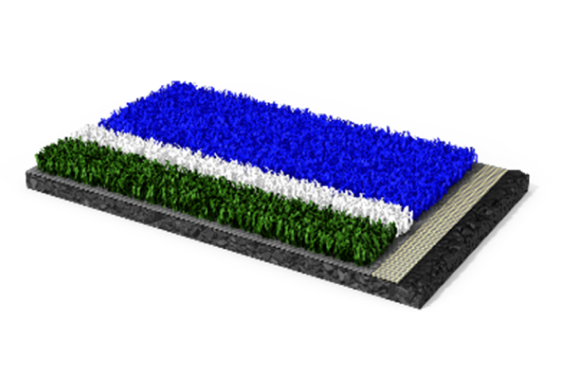
Braskem and Polytan provide I’m Green polyethylene for the hockey fields for the Olympic Games in Tokyo in 2020 and the 2022 hockey World Cups. Using this material for the artificial turf production delivers the same turf quality, whilst making a positive impact on hockey fields’ carbon footprint.

Allbirds uses Braskem’s renewable bio-based EVA resin in its Sugar footwear line. With characteristics such as flexibility, lightness and resistance, the resin combines comfort, design and sustainability and helps to reduce greenhouse gases in the air by capturing and storing CO2 during its production process.

Roberts Mart produces printed flexible packaging used to store bedding items for the John Cotton Group Ltd. They are using Braskem’s I’m green™ polyethylene derived from sugar cane, making a valuable contribution to the reduction of greenhouse gas emissions. The bio-based material proves to be of the same standards in performance and visual quality as fossil-fuel based bags, is recyclable through the same processes and thus is a sustainable alternative.

WeNew is Braskem’s circular ecosystem, which is comprised of products, education, technology and circular design, consolidating all of the company’s actions focused on recycling and the circular economy under a single umbrella.
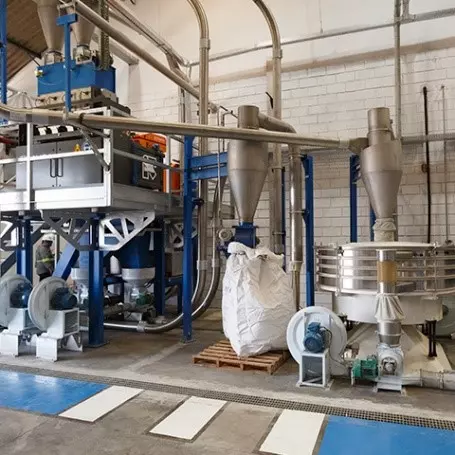
In 2022, Braskem partnered with Valoren, a company specialized in developing and operating technologies for waste transformation, to construct a recycling line and expand our portfolio of post-consumer resins. The partnership constructed a recycling unit with the capacity to transform 250 million packages into 14 thousand tons of post-consumption recycled resins per year.

Braskem produces circular polypropylene (PP) utilizing Nexus Circular’s commercial-scale chemical recycling technology. This chemical recycling facility converts difficult-to-recycle plastics, such as plastic films discarded in landfills, into circular raw materials for the supply of circular feedstocks.
Braskem is a global petrochemical company and leading global producer of biopolymers.
We produce a diverse portfolio of petrochemicals and (bio-based) plastic resins.
Our purpose is to make people’s lives better by creating sustainable solutions through
chemicals and plastics.


